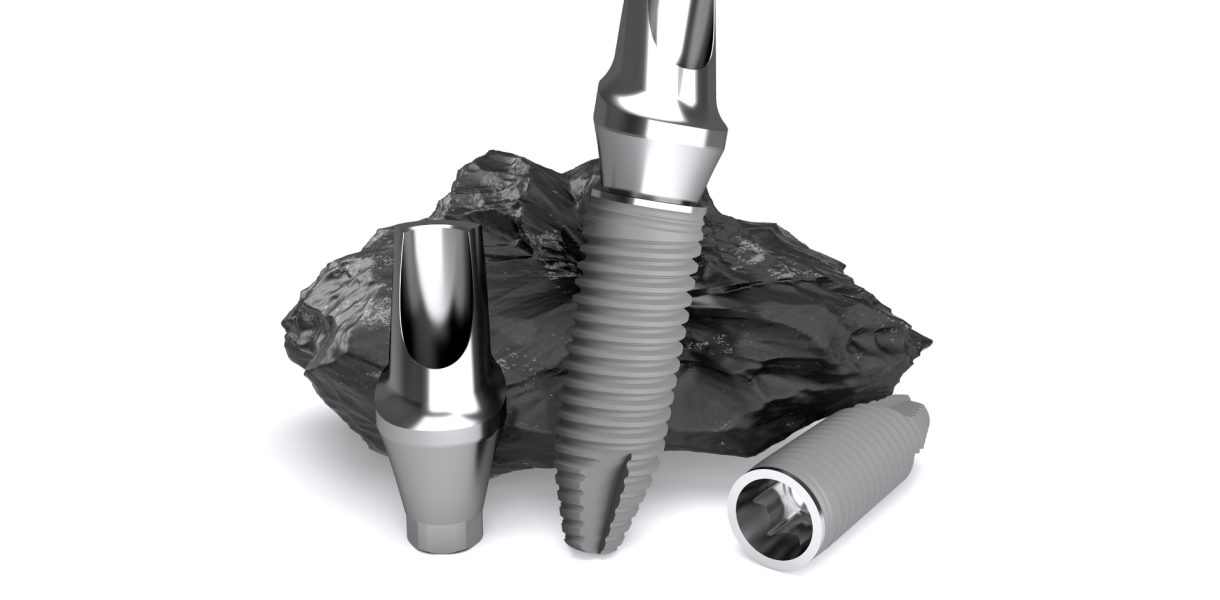Ever since its inception back in 1965, dental implants have stood as a beacon of hope for countless individuals around the world, ushering in a radiant transformation of their smiles and an elevation in their quality of life. Dental implant surgery, a marvel of modern dentistry, entails the surgical substitution of natural tooth roots with metallic, screw-like posts. These ingenious contrivances seamlessly supplant damaged or absent teeth, seamlessly assimilating into one’s oral panorama, both in appearance and function, mirroring the verisimilitude of their biological counterparts. This innovative surgical intervention emerges as an excellent alternative to the discomfort and inconvenience of ill-fitting dentures or bridgework. Moreover, it unveils its virtue when the inventory of natural tooth roots dwindles, rendering traditional dentures or bridgework untenable. Dental implants bestow a plenitude of advantages upon those who seek their transformative powers, including an elevated aesthetic appeal, heightened comfort, fortified oral health, peerless durability, and unswerving convenience.
Exploring the Multifaceted World of Dental Implant Materials
Traditionally, the dental landscape bore witness to an era dominated by the reign of titanium and its alloy in the fabrication of dental implants. Nevertheless, the relentless march of technological innovation and rigorous scientific inquiry has ushered in a new era, where dental implants are hewn from an array of diverse materials, each bearing a distinct tapestry of properties and merits. These dental materials, exemplifying their biocompatibility, seamlessly harmonize with the intricate symphony of the human body, resisting both fracturing and the corroding march of time.
Embark with us on an expedition through the rich tapestry of dental implant materials:
Titanium – This peerless material takes center stage as the preferred choice for dental implants, celebrated for its unrivaled prowess in nurturing the osseointegration process, all while maintaining an affordable cost profile. Merely a week post-implantation, the titanium post initiates a symphonic fusion with the surrounding bone, a harmonious duet that endures throughout one’s lifetime. A titanium implant, an embodiment of precision, comprises two distinct components: the implant screw, faithfully supplanting the tooth’s root, and the implant abutment, bridging the screw to the crown. This bipartite masterpiece grants titanium implants the privilege of delving deep into the recesses of human bone, each component bearing its own distinct identity.
Zirconia – A recent entrant onto the grand stage of implantology, zirconia emerges as a rising star, promising a luminous future. Zirconia dental implants, chiefly reserved for those with titanium allergies, unfurl as a unified entity in a single session. Yet, they unfurl their enigma, as their insertion may pose a more formidable challenge when measured against their titanium counterparts.
The choice among the above-mentioned dental implant materials stands as an intricate tapestry, intricately woven to align with your specific needs and exigencies. The discerning hand of a Precision Oral Surgery specialist shall navigate these uncharted waters, illuminating the path to your optimal course of action.
A Glimpse into the World of Alternative Dental Implant Materials
While titanium and zirconia enjoy their esteemed positions in the pantheon of implant materials, the universe of dental innovation boasts a constellation of alternatives, each a distinctive facet in the gem-studded cosmos of implant possibilities. Though these alternatives may not bask in the glow of standardization, they beckon us with their allure, enticing the curious among us to explore the hidden alcoves of implantology.
The roster of alternative implant materials unfolds thus:
Polymers – This ephemeral, biodegradable material extends an enticing invitation, promising a symphony of aesthetic possibilities, thanks to its malleable composition. However, it bears the cross of diminished durability compared to its counterparts.
Ceramics – Among these ceramics, carbon-silicon takes its place, exuding an aura of robustness and tenacity. Yet, it harbors a veneer of brittleness that curtails its aspirations to a timeless tooth replacement solution.
Alternative Metals – In this eclectic ensemble, stainless steel, gold, and cobalt-chromium grace the stage as formidable contenders. Possessing fortitude and an impervious shield against corrosion, these metals write their own narrative. However, they must contend with success rates that trail those of titanium and zirconia implants.
While the universe of dental implant materials unfurls an array of alternatives, many of these outliers remain ensconced in the shadows, bearing the mark of lower success rates, thereby languishing on the periphery of preference for oral surgeons.





